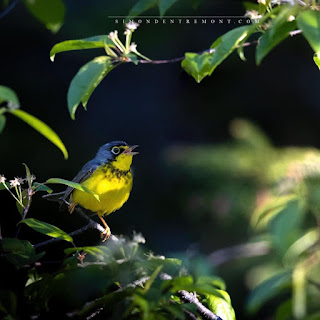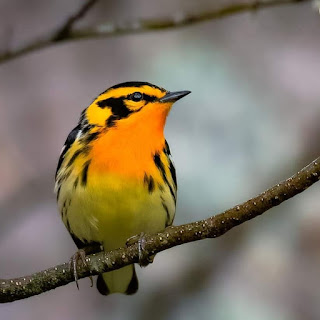Songs in the Forest
During the week of June 6, 2022 on our Instagram and Facebook pages, we featured five song birds commonly found in our Nova Scotian forests.
First there are sounds clips for each bird followed by additional information for each bird.
SOUND CLIPS
Monday - Hermit Thrush
Tuesday - Canada Warbler
Wednesday - Northern Parula
Thursday - Yellow Rumped Warbler
Friday - Blackburnian Warbler
ABOUT
A Nova Scotia summer concert series is underway in a forest near you.
Millions of song birds return to our forests each spring for the good food (lots of bugs, yum!) and vast forest to breed and raise their young (75% of our province is considered 'forestland') There are over 40 species in total.
Add the native birds and the iconic loon for a summer-long concert series!
Songbirds can be difficult to find in the forest, many spend much of their time high up in mature softwood forests. So how can you identify them? I use an app called "Birdnet". Hold your phone in the direction of the song, capture a bit of it and the App will identify the songster for you. You might be pleasantly surprised by the many different birds in the forest around you!
There are over 20 different warblers that visit us each spring -- how can you tell them apart??? There's a app for that too -- checkout "Merlin". Its like a paper-based field guide with pictures and lots of information about each type of bird. It will also help you identify birds thru visual and sound clues. And it includes a comprehensive sound library of all the birds typically found in this region.
The song of Hermit Thrush IS the sound of summer. Instantly recognizable, their melodic songs ring thru the forest.
You will find Hermit Thrushes in softwood and mixed wood forests, often on the forest floor or on lower branches.
They breed in spruce, hemlock and fir forests. Their nests are often close to the ground and an interesting tidbit -- young hemlocks are one of their preferred nesting species.





